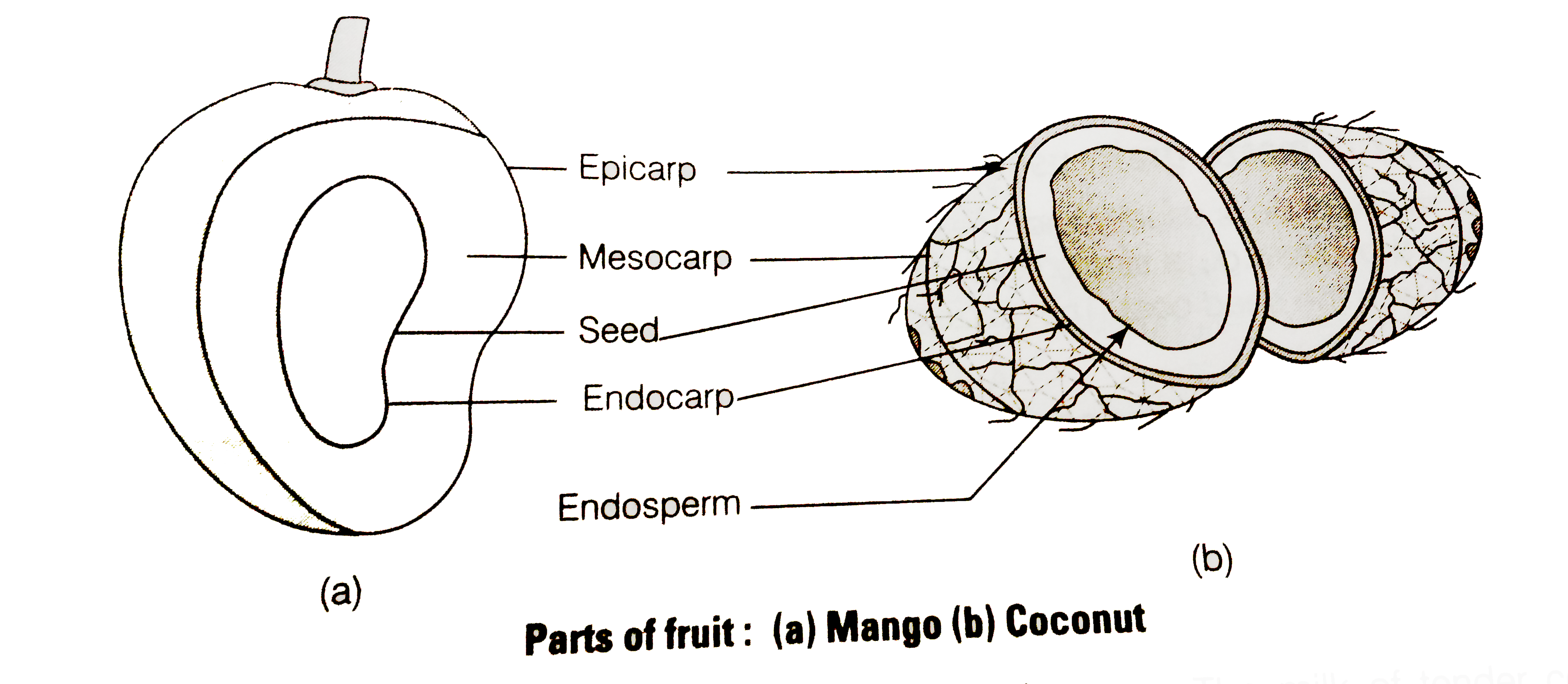Complete Solutions to Short Answer Type Questions of chapter MORPHOLOGY OF FLOWERING PLANTS of Class 11 book with complete answers and questions
| Class 11 | BIOLOGY |
| Chapter | MORPHOLOGY OF FLOWERING PLANTS |
| NCERT EXEMPLAR | Short Answer Type Questions |
| Number Of Questions | 14 |
| Academic Year | 2023-24 |
Give two examples of roots that develop from different parts of the angiospermic plant other than the radicle.
View SolutionThe essential functions of roots are anchorage and absorption of water and minerals in the terrestrial plant. What functions are associated with the roots of aquatic plants. How are roots of aquatic plants and terrestrial plants different ?
View SolutionDraw diagrams of a typical monocot and dicot leaves to show their venation pattern.
View SolutionA typical angiosperm flower consists of four floral parts. Give the names of the floral parts and their arrangements sequentially.
View SolutionGiven below are a few floral formulae of some well known plants . Draw floral diagram from these formulae.
(i) `o+ K_((5)) C_((5)) A_(5) G_((underline2))`
(ii) `K_((5)) C_(1 + 2 + 2) A_((9) + 1) " " G_(underline1`)
(iii) `o+ K_(5)C_(5) " " A_(5 + 5 G_((5))`
View SolutionReticulate venation is found in dicot leaves while in monocot leaves venation is of parallel type . Biology being a Science of exceptions , find out any exception to this generalisation.
View SolutionYou have heard about several insectivorous plants that feed on insects. Nepenthes or the pitcher plant is one such example, which usually gorws in shallow water or in marsh lands. What part of the plant is modified into a pitcher ? How does this modification help the plant for food even through it can photosynthesise like any other green plant ?
View SolutionMango and coconut are drupe fruits. They develop from monocarpellary superior ovaries and are one seeded. It is differentiated inot outer thin epicarp, middle fleshy mesocarp and inner stony endocarp .

The edible part of coconut (Cocos nucifera) is endosperm . The milk of tender coconut represents the oily endosperm in liquid form. Later it gets deposited along the walls of endocrap and forms edible flesh.
View SolutionHow can you differentiated between free central and axile placentation ?
View SolutionTendrils are found in the following plants . Identify whether they are stem tendrils of leaf tendrols.
(a) Cucumber `" "` (b) Peas
(c) Pumpkins `" "` (d) Grapevine
(e) Watermelon
View SolutionWhat is maize grain usually called as a fruit and not a seed ?
View SolutionTendrils of grapevines are homologous to the tendril of pumpkins, but are analogous to that of pea. Justify the above statement.
View SolutionRhizome of ginger is like the roots of other plants that grows underground. Despite this fact ginger is a stem and not a root . Justify .
View SolutionDifferentiate between
(a) Bract and bracteole `" "` (b) Pulvinus and petiole
(c) Pedicel and peduncle `" "` (d) Spike and spadix
(e)Stamen and straminoid `" "` (f) Pollen and pollenium
View Solution
Short Answer Type Questions questions and complete solutions for chapter MORPHOLOGY OF FLOWERING PLANTS of NCERT BIOLOGY (HINGLISH) of Class 11